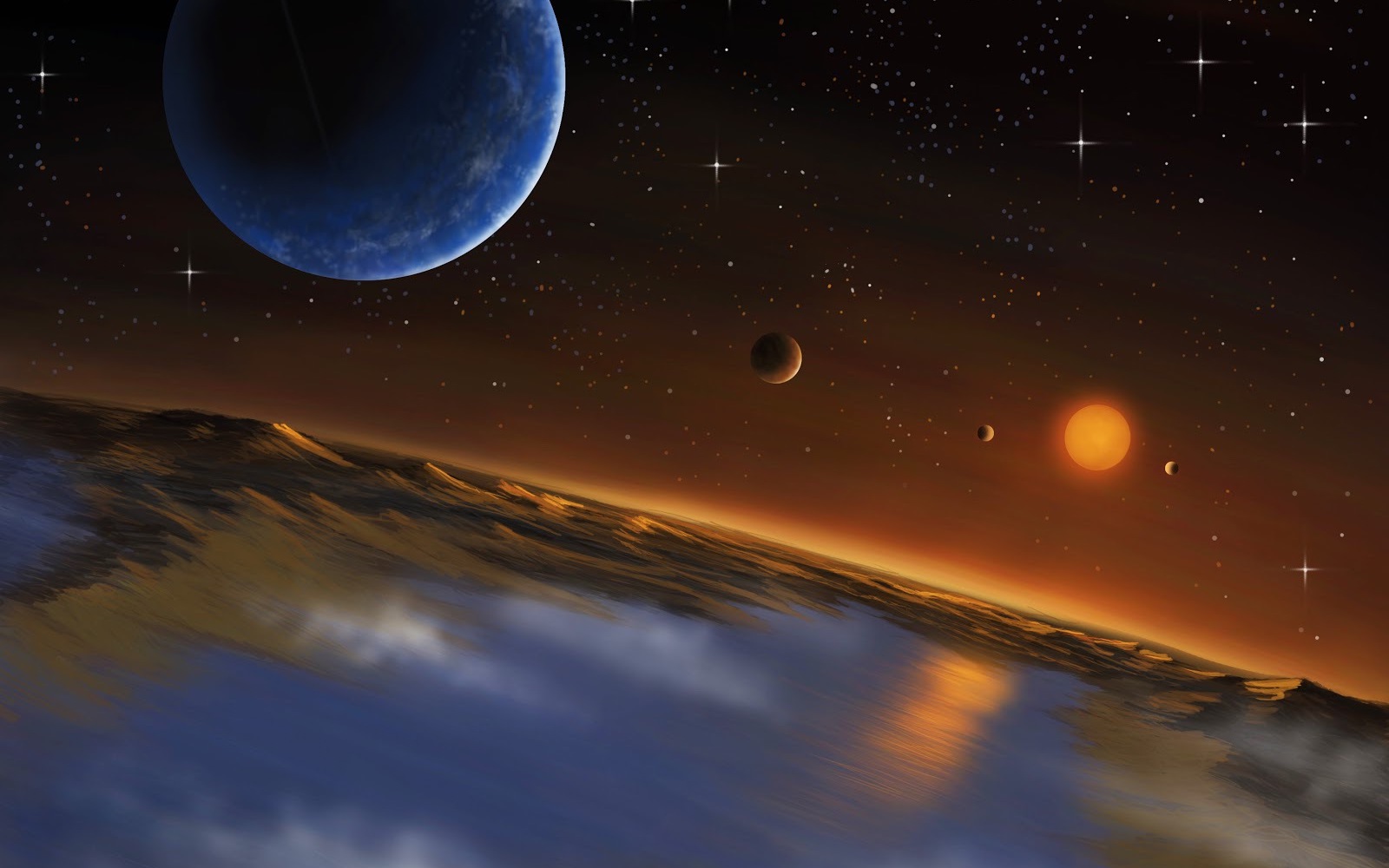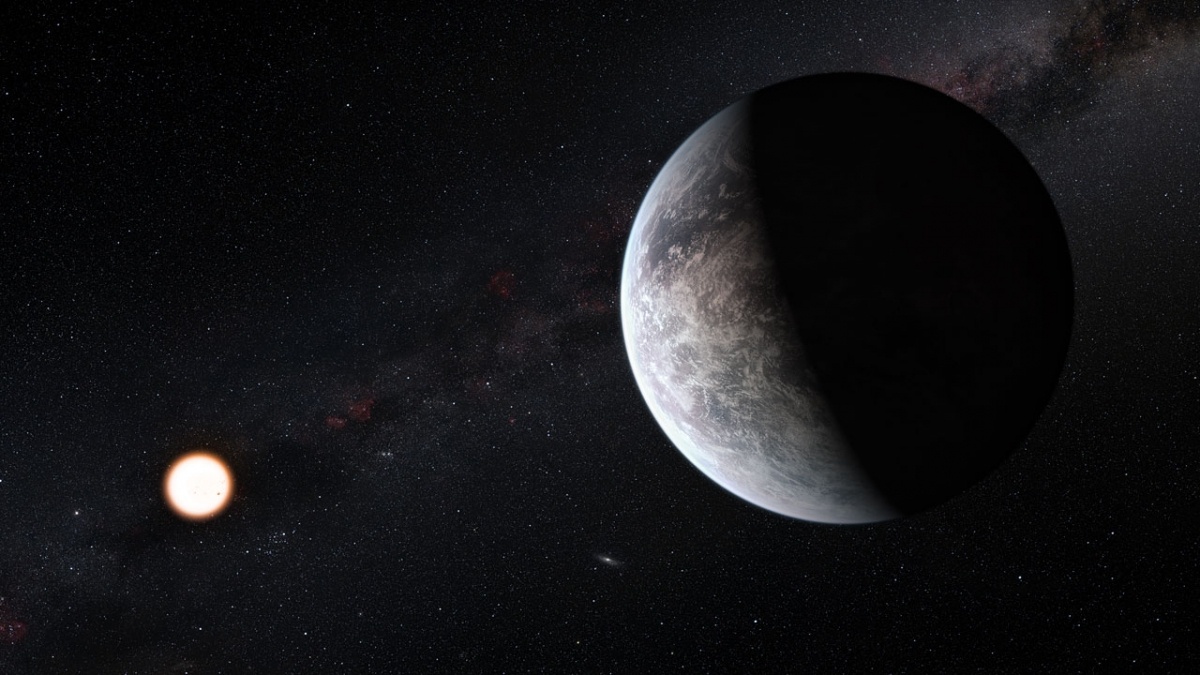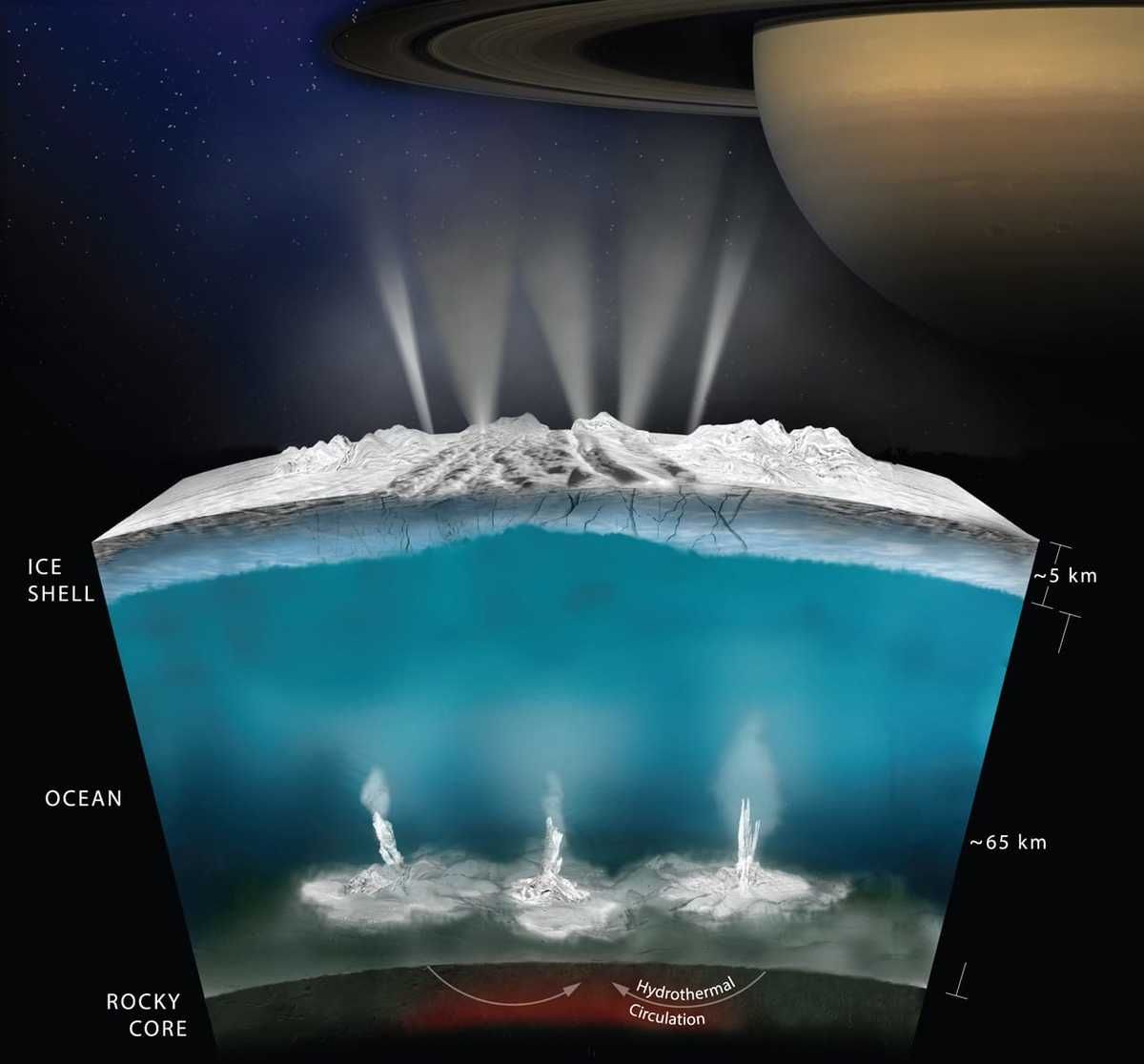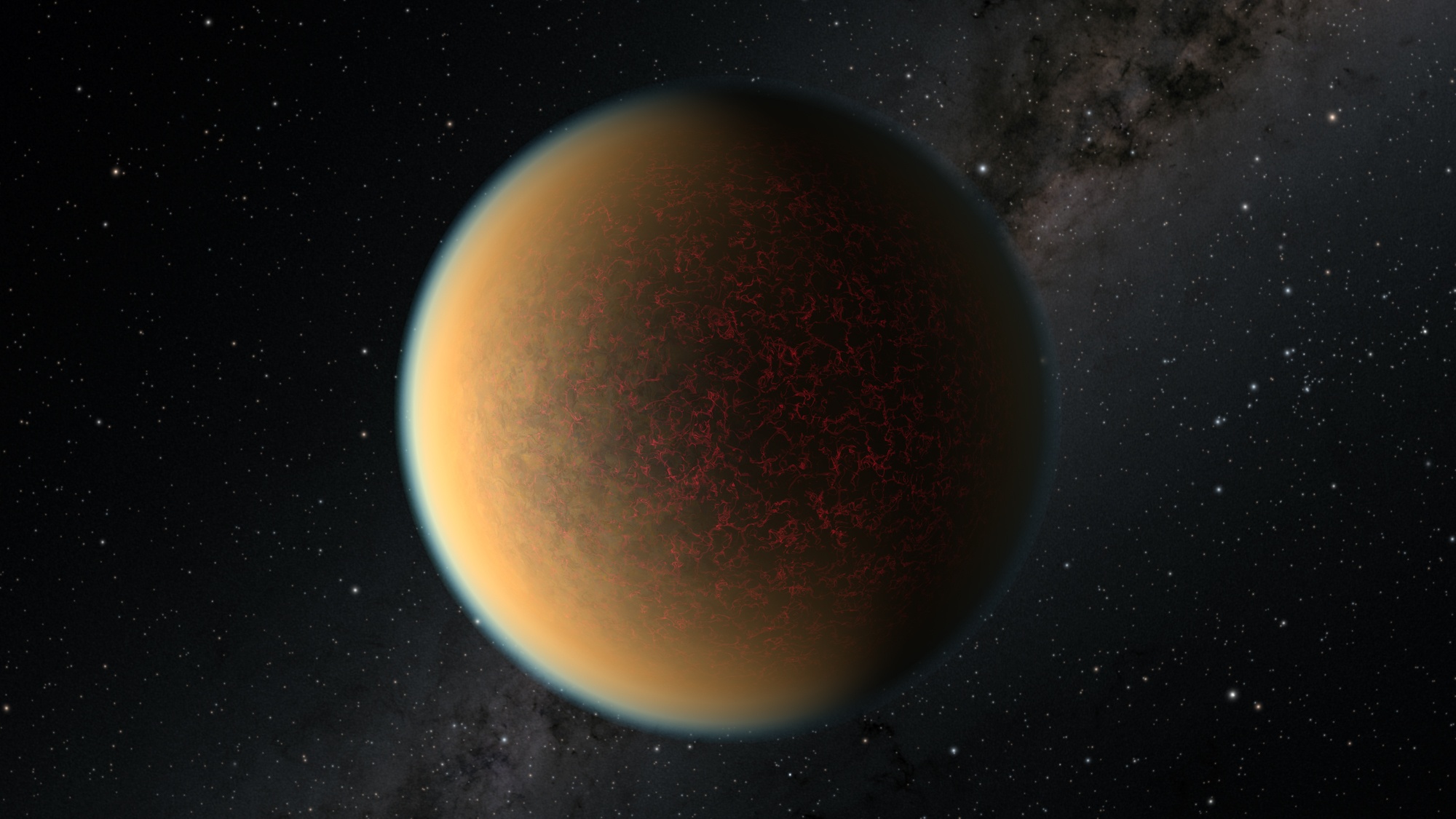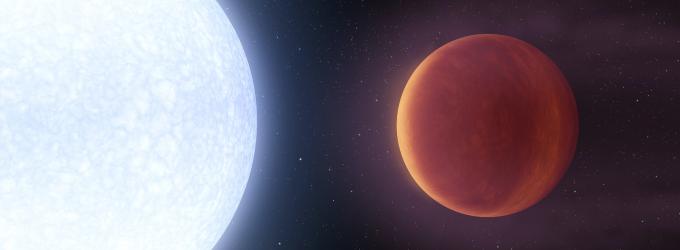We now know the universe is filled with planets. By one estimate, there are more than 20 billion Earth-like worlds in our galaxy alone. But how many of them are likely to have life? And how would we know if they do? Unless they happen to send us a very clear message directly, the most likely way we’ll discover exoplanet life is by looking at their atmospheres.
Continue reading “Finding Oxygen on an Alien World Doesn't Always Mean There's Life There”If Astronomers see Isoprene in the Atmosphere of an Alien World, There’s a Good Chance There’s Life There
It is no exaggeration to say that the study of extrasolar planets has exploded in recent decades. To date, 4,375 exoplanets have been confirmed in 3,247 systems, with another 5,856 candidates awaiting confirmation. In recent years, exoplanet studies have started to transition from the process of discovery to one of characterization. This process is expected to accelerate once next-generation telescopes become operational.
As a result, astrobiologists are working to create comprehensive lists of potential “biosignatures,” which refers to chemical compounds and processes that are associated with life (oxygen, carbon dioxide, water, etc.) But according to new research by a team from the Massachusetts Institute of Technology (MIT), another potential biosignature we should be on the lookout for is a hydrocarbon called isoprene (C5H8).
Continue reading “If Astronomers see Isoprene in the Atmosphere of an Alien World, There’s a Good Chance There’s Life There”Oh, the Irony. There are Likely Water Worlds Everywhere, but They’re Covered in ice and Impossible to Investigate
Liquid water was originally thought to be relatively rare in the solar system. But one of the most important discoveries of the last several decades of planetary science is that liquid water is extremely common, even outside of the orbit of a star that would allow for it on the surface of a planet or moon. It just happens to be covered by a sheet of ice. Scientists at the Southwest Research Institute (SwRI) have now theorized about what the abundance of liquid water means for life throughout the galaxy, and whether it might be more common than originally thought.
Continue reading “Oh, the Irony. There are Likely Water Worlds Everywhere, but They’re Covered in ice and Impossible to Investigate”A Planet Lost Its Atmosphere, So Its Volcanoes Made It a New One
A red-dwarf star called Gliese 1132 or GJ 1132 for short (astronomers and their fun nicknames!) smolders on some 41 light-years from the sun in the southern constellation Vela, just a few degrees away from the southern cross. In 2015, astronomers using the MEarth South telescope array at Cerro Tololo Inter-American Observatory (CTIO) in Chile found an Earth-sized planet orbiting extremely close to the little red star. Known as GJ 1132b, the planet orbits in a blistering 1.6 days. Its original hydrogen and helium atmosphere is thought to have long since been blown away by the powerful stellar winds experienced by the planet due to its extreme proximity to its parent. New observations from the Hubble Space Telescope revealed a surprise from the speedy exoplanet; it seems to have re-formed an atmosphere!
Continue reading “A Planet Lost Its Atmosphere, So Its Volcanoes Made It a New One”Vega Might Have a Planet
Vega is one of the brightest and best known stars in the night (or even twilight) sky. Located in the constellation Lyra, it is only 25 light years from Earth, and about twice our Sun’s mass. And now, astronomers might have found one of the hottest known planets orbiting it extraordinarily quickly.
Continue reading “Vega Might Have a Planet”This Exoplanetary System Breaks all the Rules
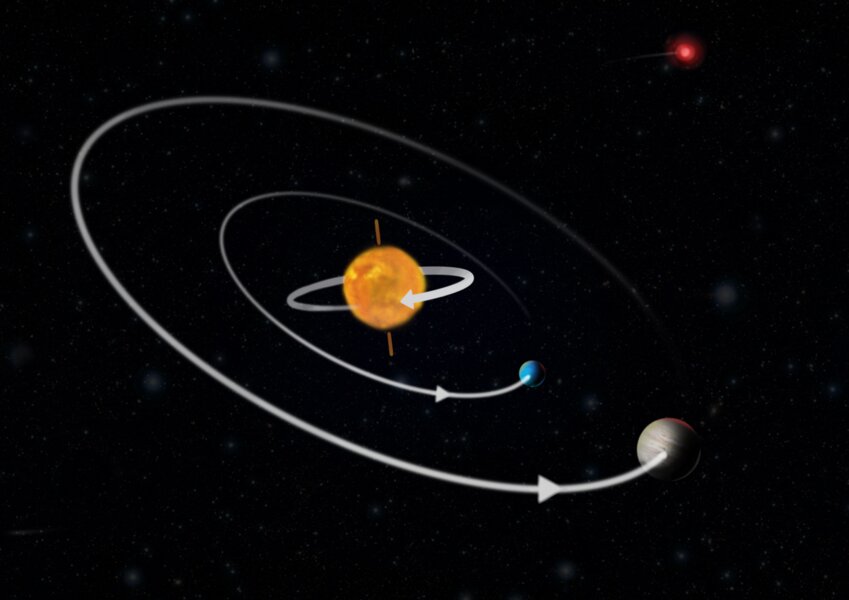
It’s just like a normal solar system…except completely backwards.
Continue reading “This Exoplanetary System Breaks all the Rules”We Could Find Extraterrestrial Civilizations by Their Air Pollution
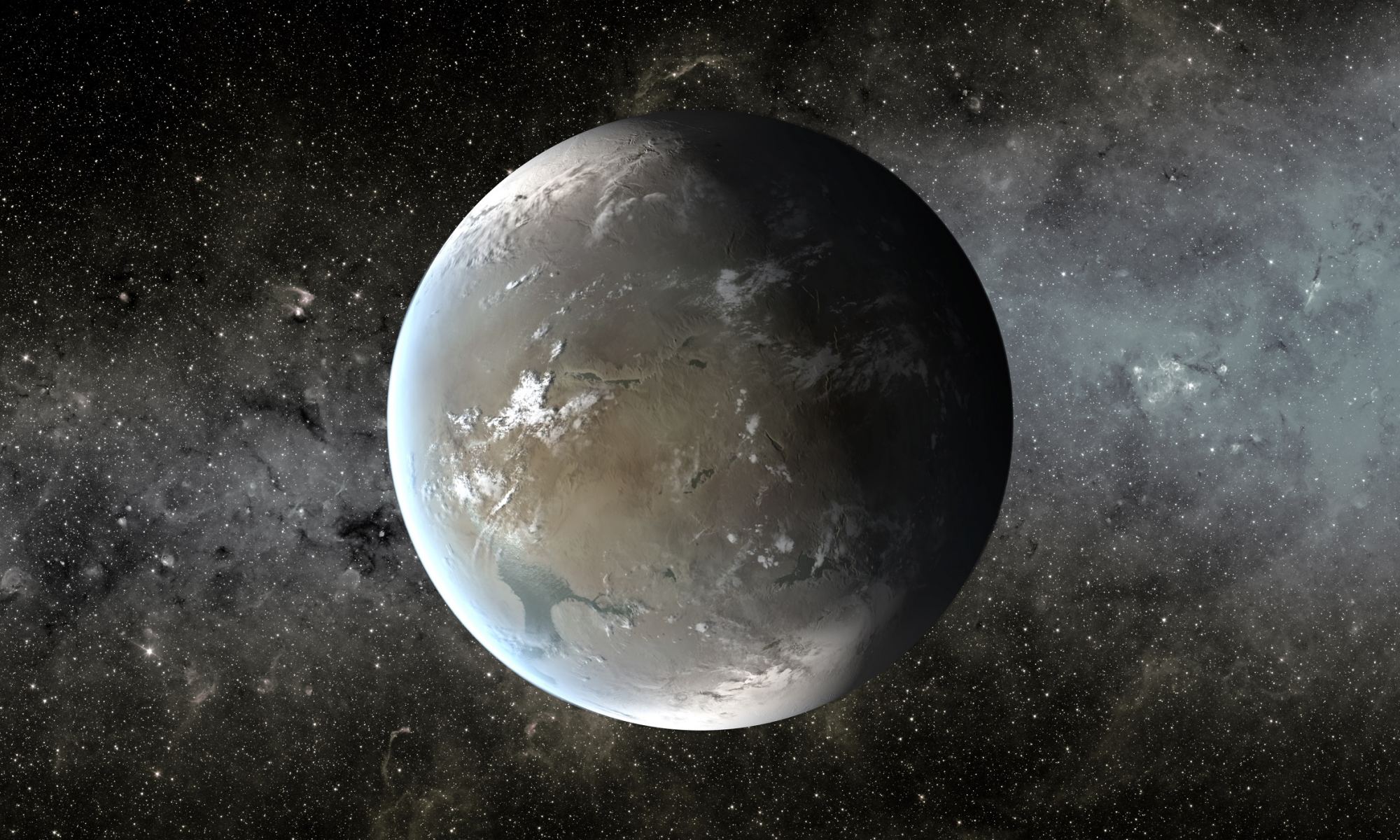
Upcoming telescopes will give us more power to search for biosignatures on all the exoplanets we’ve found. Much of the biosignature conversation is centred on biogenic chemistry, such as atmospheric gases produced by simple, single-celled creatures. But what if we want to search for technological civilizations that might be out there? Could we find them by searching for their air pollution?
If a distant civilization was giving our planet a cursory glance in its own survey of alien worlds and technosignatures, they couldn’t help but notice our air pollution.
Could we turn the tables on them?
Continue reading “We Could Find Extraterrestrial Civilizations by Their Air Pollution”Possible Super-Earth in the Habitable Zone at Alpha Centauri
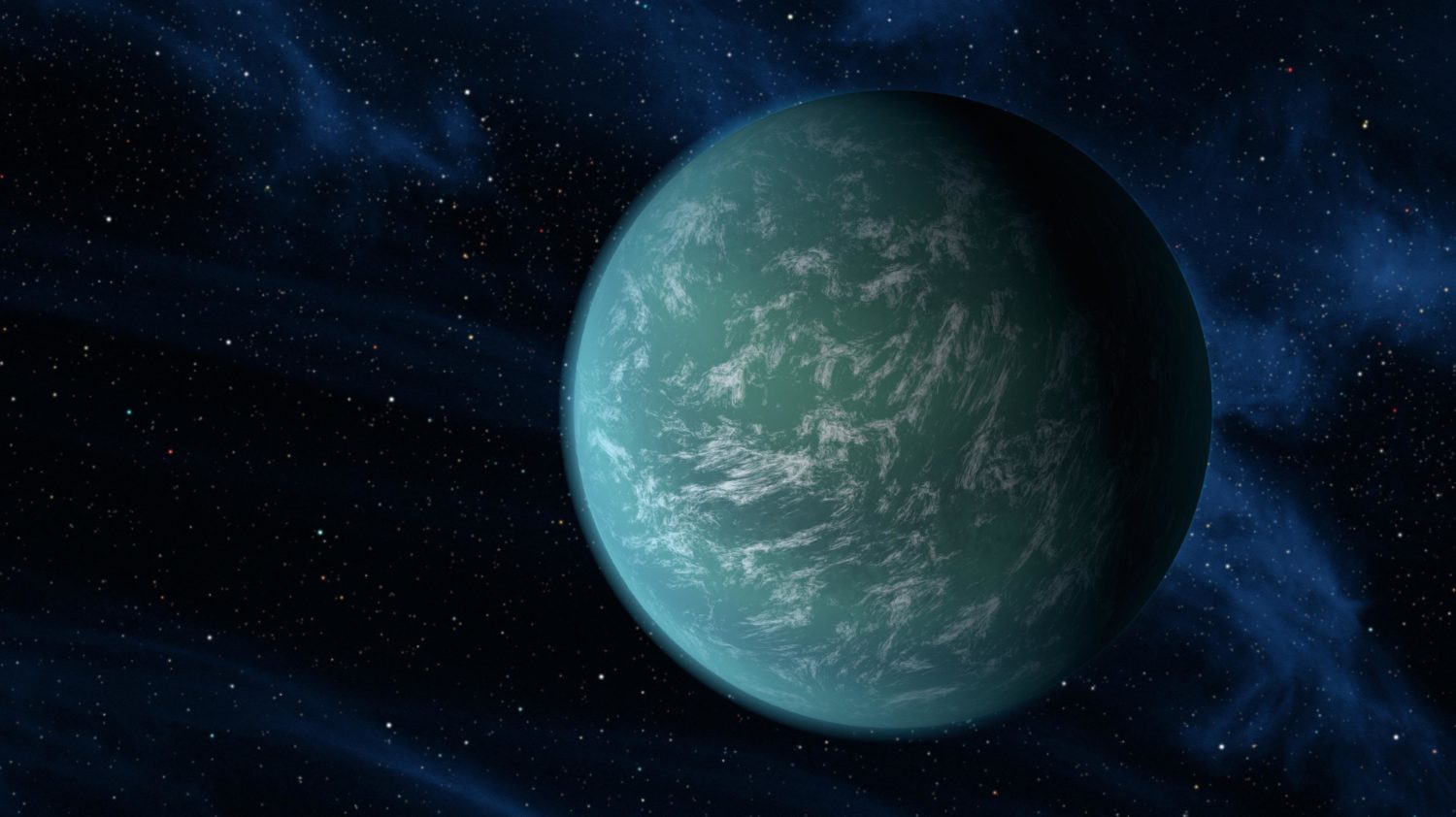
Astronomers using a new technique may have not only found a super-Earth at a neighbouring star, but they may also have directly imaged it. And it could be nice and cozy in the habitable zone around Alpha Centauri.
Continue reading “Possible Super-Earth in the Habitable Zone at Alpha Centauri”It's Starting to Look Like Super-Earths Really are Just Great big Terrestrial Planets
We’ve learned a thing or two about exoplanets in the past several years. One of the more surprising discoveries is that our solar system is rather unusual. The Sun’s worlds are easily divided into small rocky planets and large gas giants. Exoplanets are much more diverse, both in size and composition.
Continue reading “It's Starting to Look Like Super-Earths Really are Just Great big Terrestrial Planets”Super-Earth Conditions Simulated in the Lab to Discover if They’re Habitable
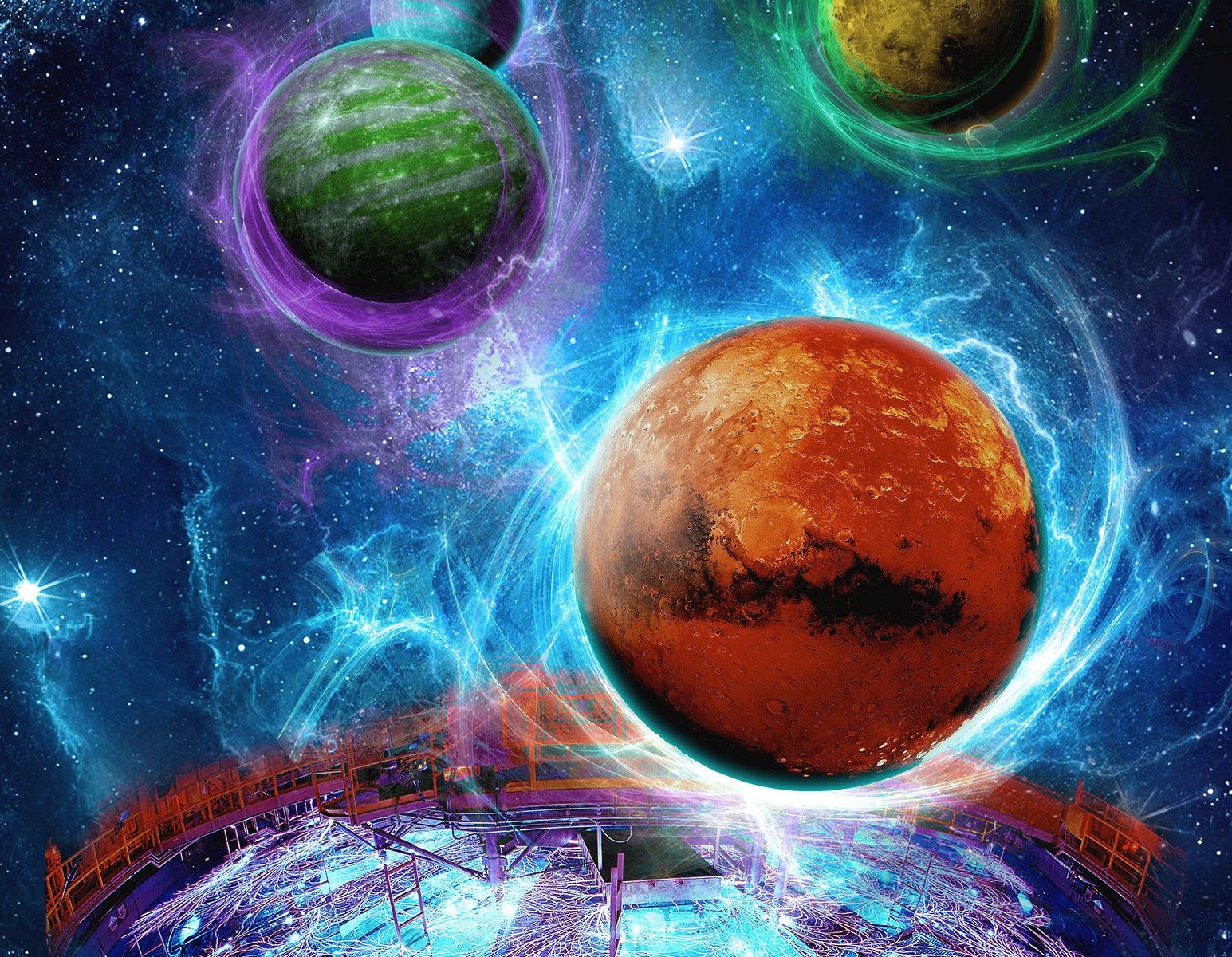
Deep inside planet Earth, there is a liquid outer core and a solid inner core that counter-rotate with each other. This creates the dynamo effect that is responsible for generating Earth’s planetary magnetic field. Also known as a magnetosphere, this field keeps our climate stable by preventing Earth’s atmosphere from being lost to space. So when studying rocky exoplanets, scientists naturally wonder if they too have magnetospheres.
Unfortunately, until we can measure an exoplanet’s magnetic fields, we are forced to infer their existence from the available evidence. This is precisely what researchers at the Sandia National Laboratories did with its Z Pulsed Power Facility (PPF). Along with their partners at the Carnegie Institution for Science, they were able to replicate the gravitational pressures of “Super-Earths” to see if they could generate magnetic fields.
Continue reading “Super-Earth Conditions Simulated in the Lab to Discover if They’re Habitable”
